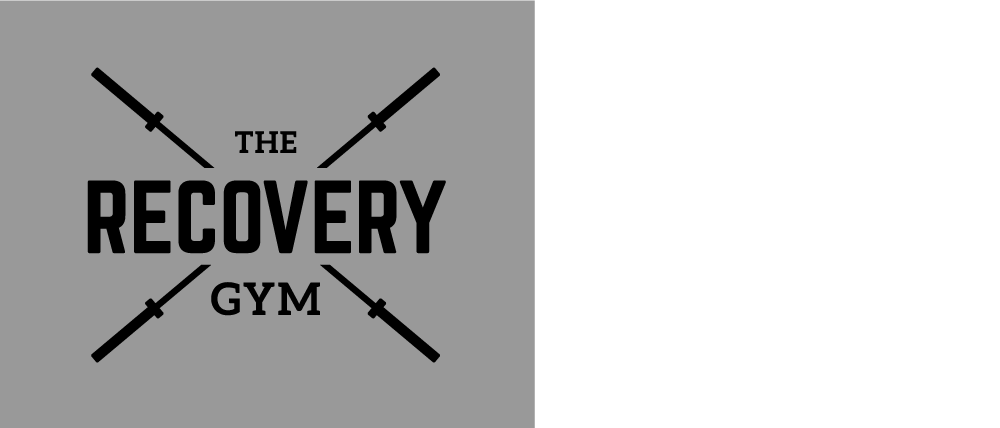By investing in recovery, there are benefits for all.
Positive activities.
By investing in positive, pro-social activities, participants of The Recovery Gym promote cost savings in other service lines. Though $1,480 is spent on programming, savings is over $34,000 per person per year.
Less lost wages.
By investing in positive, pro-social activities, participants of The Recovery Gym promote cost savings in other service lines. Though $1,480 is spent on programming, savings is over $34,000 per person per year.
Justice involvement.
Promoting positive engagement will lead to less illegal acitvity and subsequent incarceration for those participating in The Recovery Gym - helping to save the state and county over $9,000 each year per person.
Treatment episodes.
Promoting recovery means more people staying in the community, and out of a higher level of care (outpatient or inpatient treatment). By reducing the need for future treatment episodes, The Recovery Gym helps defray over $26,000 in annual costs per participant.
Cost Savings
+$10,757
Estimated savings per individual engaged in The Recovery Gym versus standard aftercare.
+$2,689,172
Estimated savings per 250 individuals served
by The Recovery Gym each year.
Cost Estimates Assumptions:
Inpatient Care per day: $275.00
Outpatient Care per day: $79.32
TRG cost per person per day: $29.60
Illegal activity per activity: $754.95
Incarceration per incident: $23,384.00
Income per day: $86.00
Inpatient and Outpatient Costs: Oregon Health Plan
Costs per day of TRG: $1,480 per person per year; 50 day utilization per person per year
Incarceration and illegal activity: Lo Sasso, A. T., Byro, E., Jason, L. A., Ferrari, J. R., & Olson, B. (2011). Benefits and costs associated with mutual-help community-based
Recovery homes: The Oxford House model. Evaluation and program planning, 35(1), 47-53.
Economic wages lost: Oregon minimum wage (10.75) * hours lost due to other engagement
